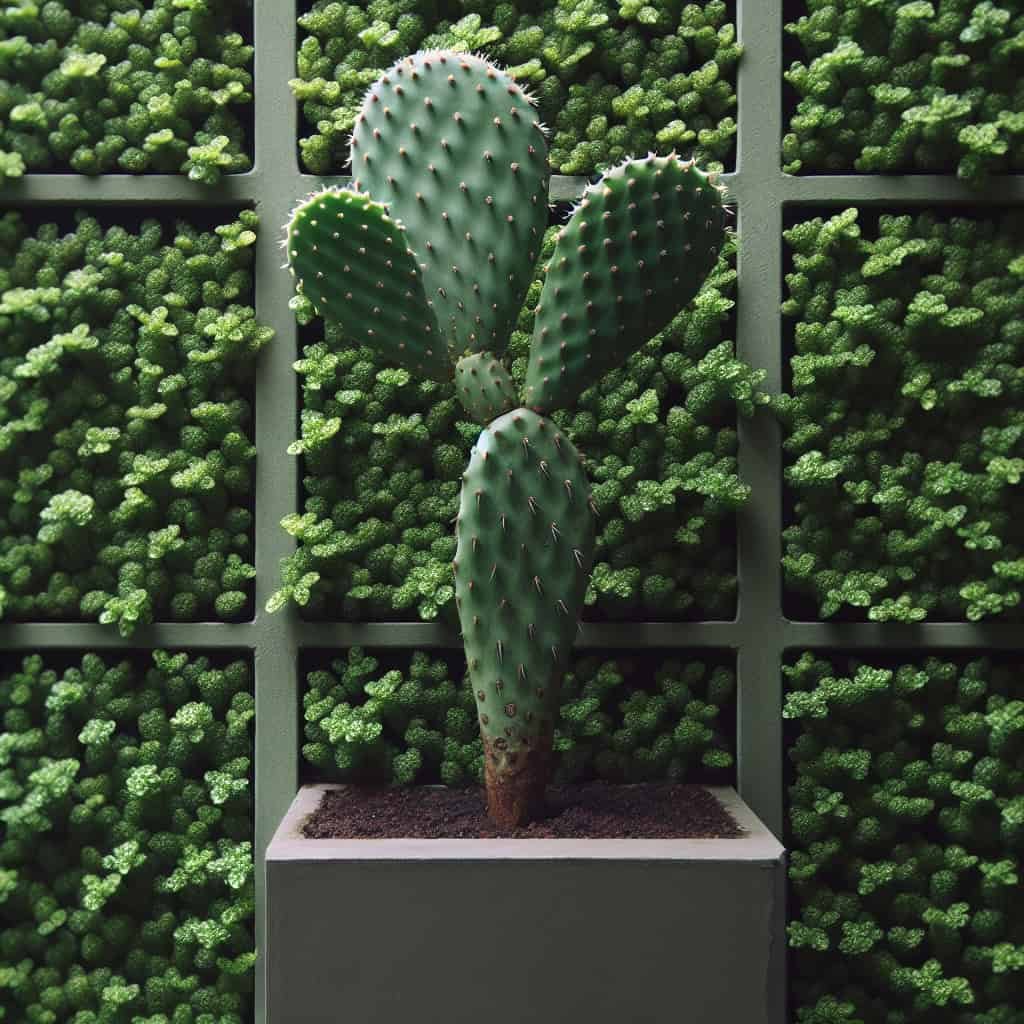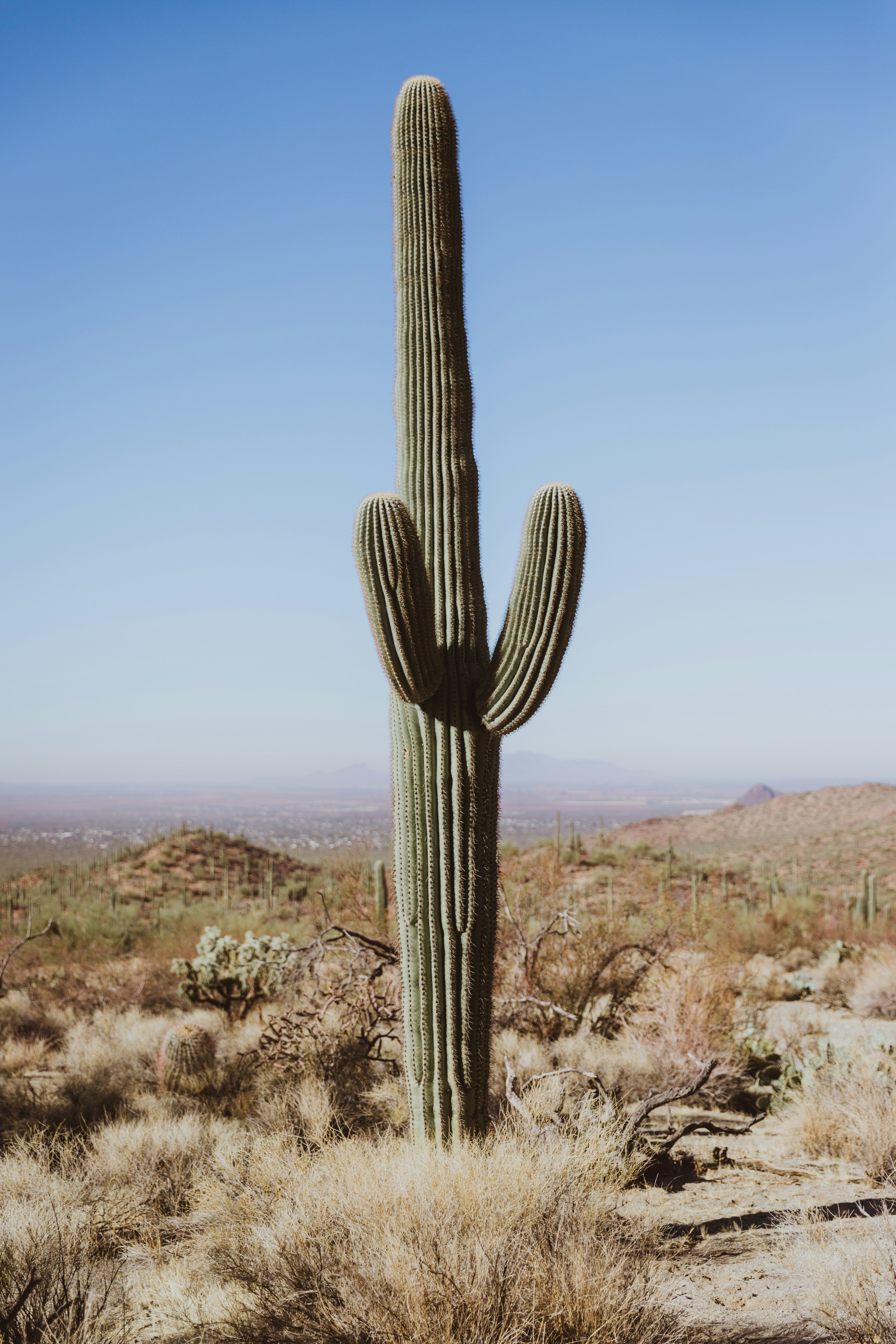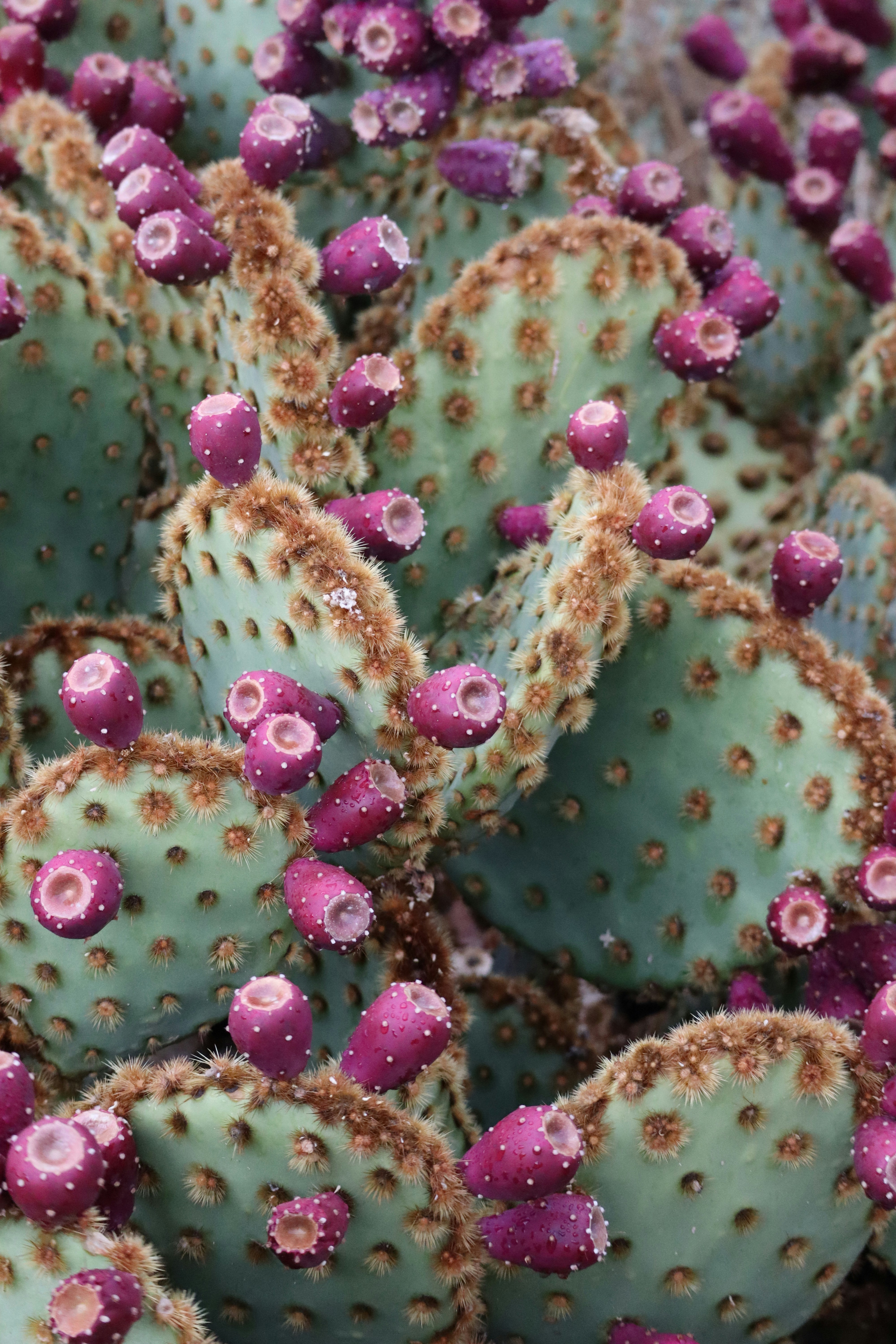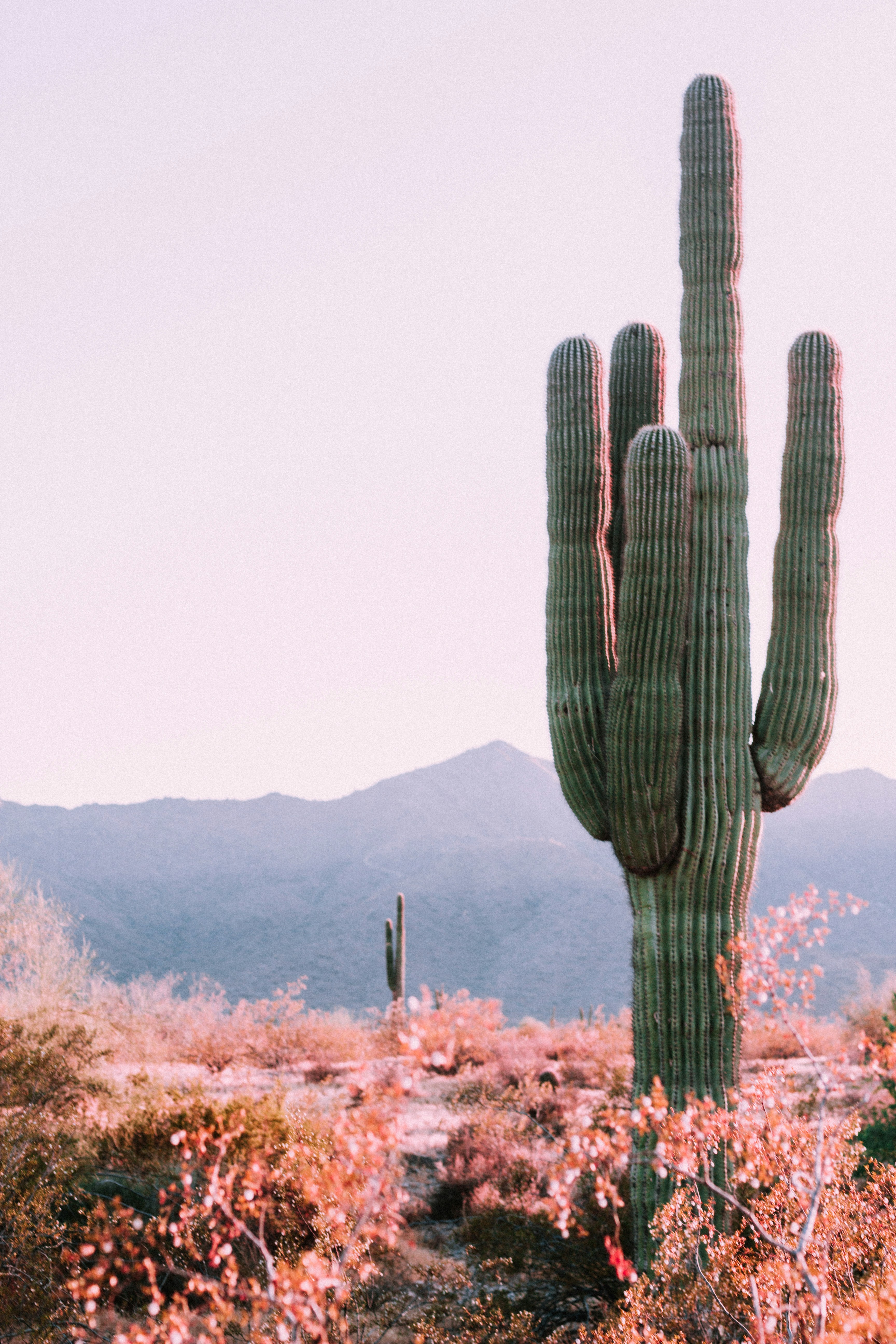Have you ever wondered if you can grow nopal, the prickly pear cactus, in a vertical garden? Well, good news – the answer is yes! Nopal is a versatile and hardy plant that thrives in various conditions, making it a perfect candidate for a vertical garden. With its striking appearance and numerous health benefits, growing nopal in a vertical garden not only adds a unique touch to your space but also provides you with a nutritious and sustainable food source. So, let’s dig into the details and explore how you can successfully grow nopal in your very own vertical garden.
Benefits of Vertical Gardening
Maximizing Small Spaces
One of the major advantages of vertical gardening is its ability to maximize small spaces. By utilizing vertical space, you can grow a variety of plants without requiring a large horizontal area. This is particularly beneficial for individuals who have limited space in their homes or apartments. With vertical gardening, you can transform even the smallest balcony or patio into a lush green oasis.
Enhancing Aesthetics
Vertical gardens not only provide practical benefits but also enhance the aesthetics of any space. The lush foliage of plants cascading down the walls creates a visually appealing display that can be quite breathtaking. Whether you choose to grow vibrant flowers, trailing vines, or even edible plants like nopal, the vertical garden will add a touch of beauty and freshness to your surroundings.
Easy Maintenance
Vertical gardens are known for their easy maintenance. With plants positioned vertically, you have better accessibility, making tasks such as watering, pruning, and pest control much simpler. Additionally, the controlled environment of a vertical garden minimizes the spread of weeds, reducing the need for extensive weeding. Overall, vertical gardening proves to be a low-maintenance and time-saving option for gardening enthusiasts.
Improving Air Quality
Vertical gardens also have the benefit of improving air quality. Plants naturally absorb carbon dioxide and release oxygen through photosynthesis. By incorporating a variety of plants in your vertical garden, you can significantly enhance air purification. Cleaner air not only benefits your health but also creates a refreshing and invigorating atmosphere in your living space.
Suitability of Nopal for Vertical Gardening
Characteristics of Nopal
Nopal, also known as prickly pear cactus, is highly suitable for vertical gardening due to its unique characteristics. It is a versatile plant that thrives in arid environments, making it an excellent choice for individuals living in dry regions. Nopal is known for its distinctive paddle-shaped segments and spines, which add a visually interesting element to any vertical garden. Furthermore, this resilient plant is known for its ability to tolerate harsh conditions and requires minimal water and maintenance.
Root Structure of Nopal
When considering the suitability of a plant for vertical gardening, it is essential to examine its root structure. Fortunately, nopal has shallow and extensive roots that spread horizontally rather than vertically. This characteristic makes it ideal for vertical gardening systems that may have limited soil depth. The shallow root system of nopal also helps in nutrient absorption and prevents waterlogging, further enhancing its suitability for vertical gardens.
Growing Requirements of Nopal
Nopal has specific growing requirements that need to be considered for successful vertical gardening. It thrives in full sun, requiring at least six hours of direct sunlight daily. Adequate sunlight exposure ensures optimal growth and productivity of the plant. Along with sunlight, nopal requires well-draining soil. Sandy or loamy soil with good drainage properties is preferred for preventing waterlogged roots. Additionally, nopal is tolerant of drought conditions, making it ideal for regions with limited water availability.
Specific Considerations for Growing Nopal Vertically
Choosing the Right Variety
When selecting nopal for your vertical garden, it is essential to choose the right variety. There are various cultivars of nopal available, each with its unique characteristics. Some varieties are more compact and upright, while others have more sprawling growth habits. Consider the available space and desired aesthetic when picking a nopal variety for your vertical garden.
Selecting the Appropriate Vertical System
To grow nopal vertically, it is crucial to select the appropriate vertical system. There are numerous options available, including trellises, vertical planters, and living walls. Each system has its advantages, so consider factors such as space availability, ease of installation, and suitability for nopal’s growth habit. Additionally, ensure that the chosen vertical system provides adequate support and stability for the growing nopal plants.
Providing Sufficient Support
As nopal grows, it becomes vital to provide sufficient support to prevent the plant from toppling over or causing damage. Nopal’s paddle-like segments can become quite heavy, especially when they are laden with fruits. Sturdy stakes or trellises can help support the weight of the growing plant and ensure its proper growth and development.
Monitoring and Adjusting Sunlight Exposure
To ensure the healthy growth of nopal in a vertical garden, it is crucial to monitor and adjust sunlight exposure. As the sun’s angle changes throughout the year, the amount of direct sunlight the plant receives may vary. Regularly check the positioning of the vertical system and adjust it to ensure that the nopal plant receives the required six hours of direct sunlight each day.
Maintaining Adequate Soil Moisture
Proper soil moisture is essential for successful nopal growth in a vertical garden. While nopal is drought-tolerant, it still requires regular watering to establish and maintain its growth. Ensure that the soil stays evenly moist but not waterlogged. Monitor soil moisture levels and adjust watering frequency accordingly. Mulching the soil can also help retain moisture and prevent evaporation.
Preparing the Vertical Garden for Nopal
Designing the Vertical Garden
Before planting nopal in a vertical garden, it is crucial to design the space. Consider the available area, the number of nopal plants you intend to grow, and their growth habits. Plan the layout accordingly to optimize space and ensure proper growth. Incorporate other complementary plants to create a visually appealing and diverse vertical garden.
Creating a Balanced Growing Medium
A balanced growing medium is essential for the healthy growth of nopal in a vertical garden. Opt for a well-draining soil mix that consists of equal parts organic matter, such as compost, and inorganic components like sand or perlite. This mix provides optimal aeration, drainage, and nutrient availability for the nopal plants.
Installing the Vertical System
Once the design and growing medium are prepared, it is time to install the vertical system. Follow the manufacturer’s instructions and ensure the system is securely fixed to the desired surface. Double-check the stability of the system, especially if growing multiple nopal plants, to avoid accidents or damage to the plants.
Planting and Caring for Nopal in a Vertical Garden
Seeding or Propagation
Nopal can be propagated through either seeds or cuttings. If starting from seeds, sow them in seed trays or small pots filled with the prepared growing medium. Keep the seeds moist until germination occurs. Alternatively, take cuttings from a mature nopal plant and allow them to dry for a few days. Once dried, plant the cuttings in the prepared soil mix, ensuring proper spacing.
Transplanting and Spacing
When the nopal seedlings or cuttings have reached a suitable size, transplant them into the vertical garden. Ensure adequate spacing between plants, considering the mature size of the nopal variety chosen. Proper spacing allows air circulation, reduces the risk of disease, and promotes healthy growth.
Watering and Fertilizing
Water the nopal plants regularly, especially during the establishment phase. Ensure that the soil is evenly moist but not waterlogged. Once established, nopal requires minimal watering due to its drought-tolerant nature. However, monitor soil moisture levels and water as needed. Use a balanced fertilizer formulated for cacti and succulents to provide necessary nutrients to the plants during the growing season.
Pruning and Training
Regular pruning is essential to maintain the desired shape and size of the nopal plants in a vertical garden. Prune away any damaged or diseased segments and trim back excessive growth to promote a more compact and visually appealing appearance. Additionally, consider training the nopal’s sprawling growth habit by gently securing the segments to the vertical system using soft ties or twine.
Pest and Disease Control
While nopal is relatively resistant to pests and diseases, it is important to remain vigilant. Check the plants regularly for any signs of insect infestations or disease. Common pests that may affect nopal include scale insects and mealybugs. If detected, treat the affected areas with appropriate organic pest control methods. Providing proper airflow, maintaining cleanliness, and avoiding overwatering can help prevent the occurrence of diseases.
Harvesting and Using Nopal from Vertical Gardens
Harvesting Techniques
Harvesting nopal from a vertical garden requires careful handling due to its spines. Wear thick gloves while handling the plant to protect yourself from any accidental pricks. Harvest the nopal pads when they are young and tender, preferably when they are around six to eight inches in length. Use a clean knife or pruning shears to cut the pads close to their base.
Storage and Preservation
Freshly harvested nopal pads can be used immediately or stored for later use. To store them, rinse the pads thoroughly to remove any spines or dirt. Pat them dry and place them in a sealed plastic bag or airtight container. Store them in the refrigerator, where they can stay fresh for up to two weeks. Alternatively, you can also freeze the pads for extended storage.
Recipes and Culinary Uses
Nopal is a versatile ingredient that can be used in various culinary preparations. It is a popular ingredient in Mexican cuisine and is known for its unique texture and flavor. Nopal pads can be sliced, diced, or grilled and used in salads, stir-fries, tacos, and even smoothies. They add a refreshing crunch and a slight tangy taste to dishes, making them a delightful addition to any meal.
Medicinal and Nutritional Benefits
Apart from its culinary uses, nopal also offers numerous medicinal and nutritional benefits. It is rich in dietary fiber, antioxidants, and essential nutrients such as vitamins A and C. Nopal is known to aid digestion, support heart health, and help regulate blood sugar levels. Its mucilaginous properties also make it effective in soothing skin irritation and promoting wound healing.
In conclusion, growing nopal in a vertical garden provides numerous benefits, from maximizing small spaces and enhancing aesthetics to easy maintenance and improving air quality. With the right selection of nopal varieties and proper care, you can enjoy a bountiful harvest of this versatile plant. From seeding or propagation to harvesting and using nopal, each step requires thoughtful consideration and attention. Whether you use nopal in your culinary creations or reap its medicinal benefits, a vertical garden offers a unique and rewarding way to cultivate this remarkable plant.




